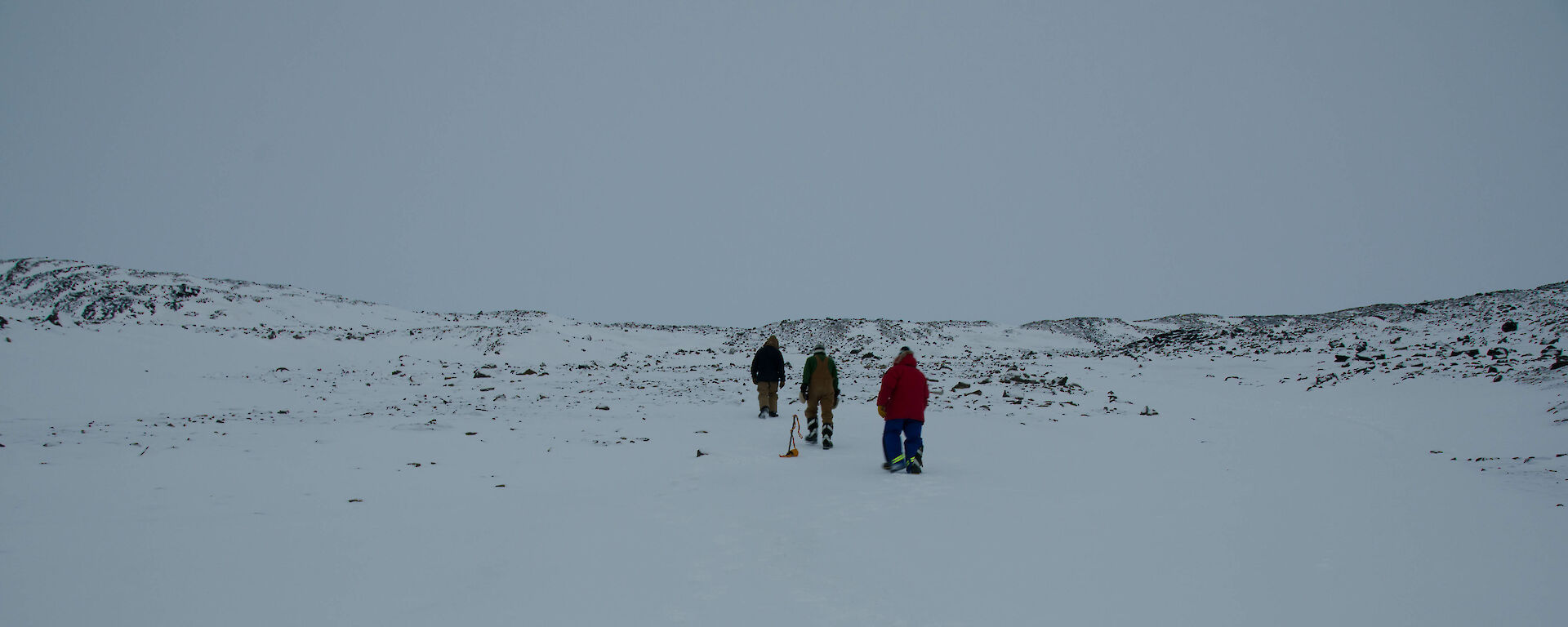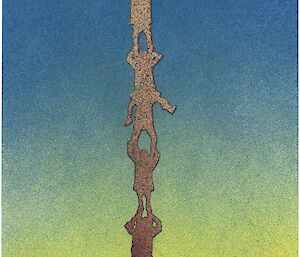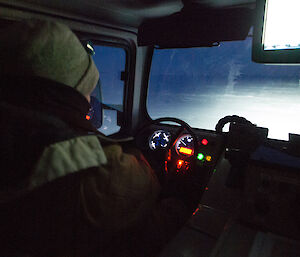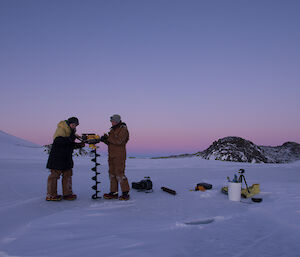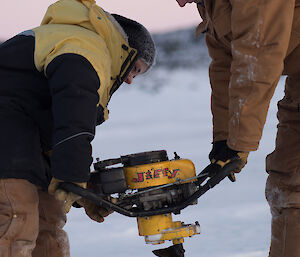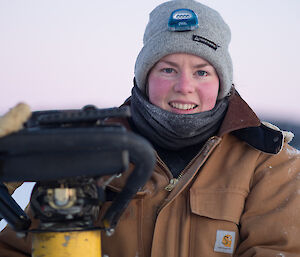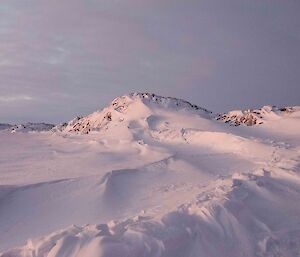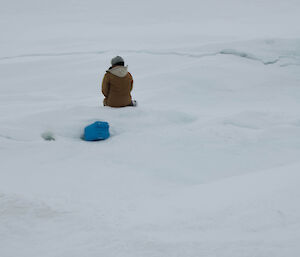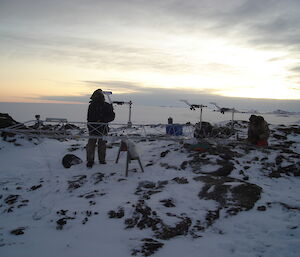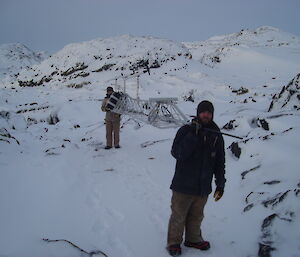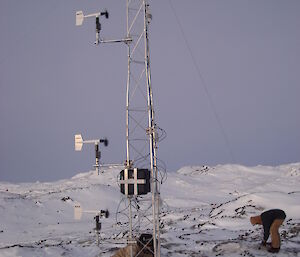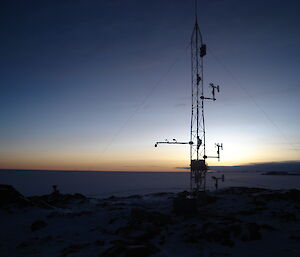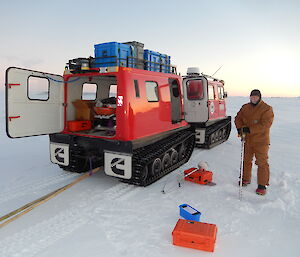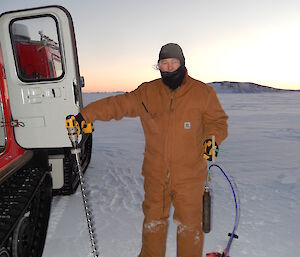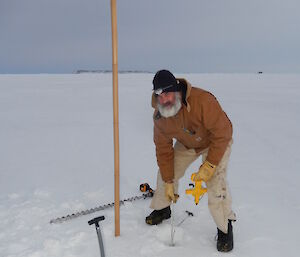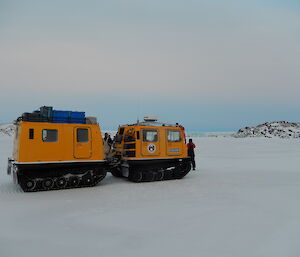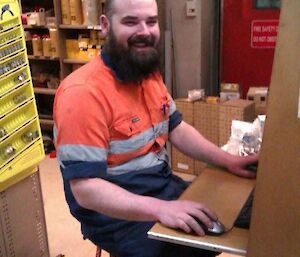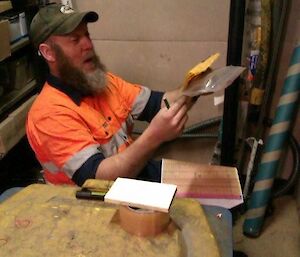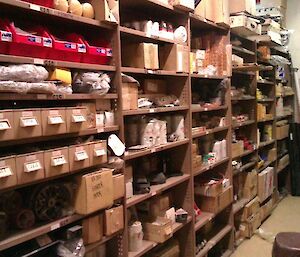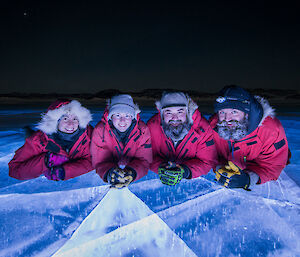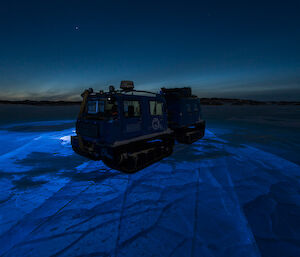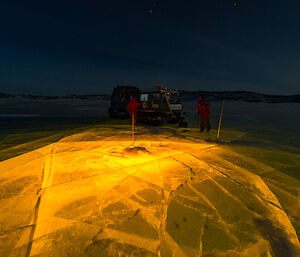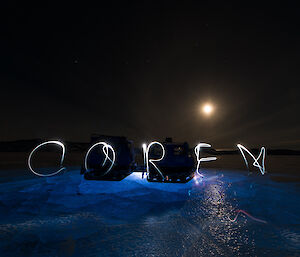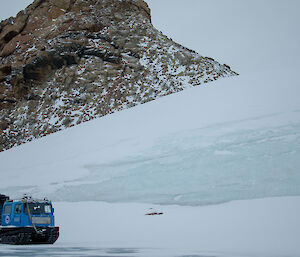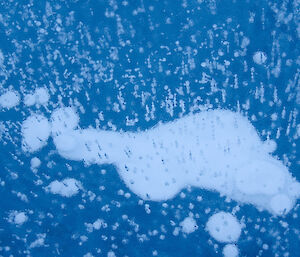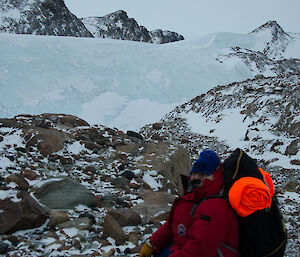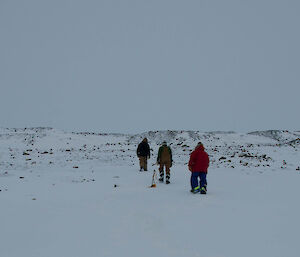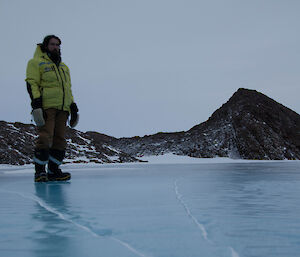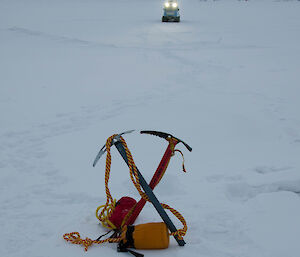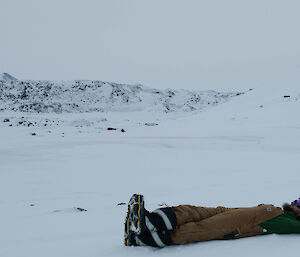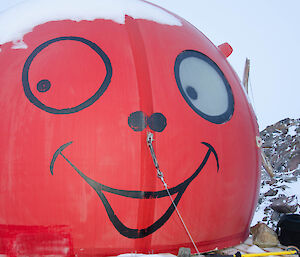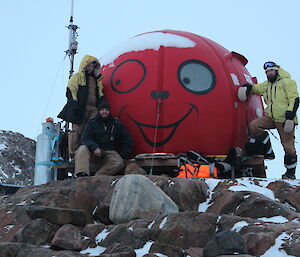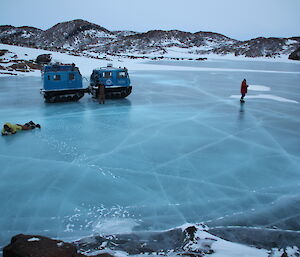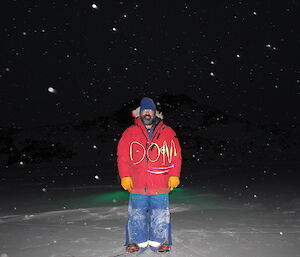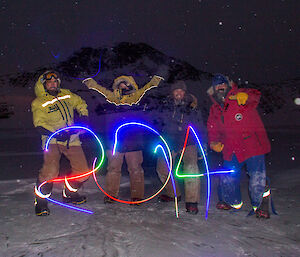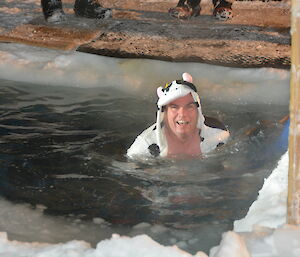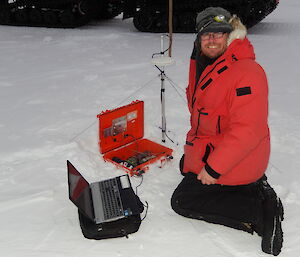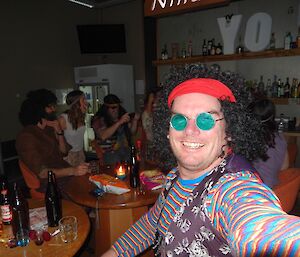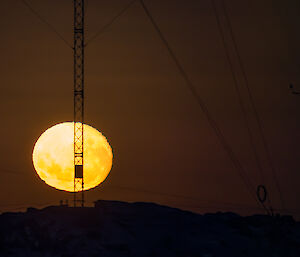David Correll: Science — Electronics Engineer
What did you do before this?
I managed a team of research and development engineers for a mine safety equipment manufacturer.
Why Antarctica?
It was always curiosity. The stories written of the Antarctic adventurers from the past made me wonder about why people would come to such a hostile and unforgiving place. My family had a relative named Percy who wintered in Antarctica many years ago and my father spoke of him. A few of my friends wintered in the 1990s and came back with fascinating stories that fuelled my interest. Percy and my friends survived so I thought that the odds were pretty good and decided to join an expedition in 2000.
The opportunity to indulge myself in a combination of Antarctic activities and science electronics and computing has been very rewarding.
Previous Antarctic experience?
Wintered at Davis 2001 and 2007 as an electronics engineer for the atmospheric and space physics group.
How do you spend your time down here?
Work. My job is to look after the climate processes and change experiments at Davis, mostly covering atmospheric physics, sea ice activities. It is both maintenance and development work and gives me the opportunity to work on a diverse range of equipment ranging radar, laser, optical, data logging, computer and camera. There is plenty of field work looking after the sea ice experiment and wildlife cameras. The most recent activity was installing an automatic weather station on an island near the Sørsdal glacier with plenty of help from the trades.
Social. There are so many ways to spend your time in Antarctica. Writing to my partner back in Australia; playing guitar with PJ and continuing to learn new tricks; field trips to relax away from the comforts of station with a few others; watching movies of various quality; reading about ancient history and being constantly surprised at how advanced and organised they were. There are constant discussions on interesting topics and every person holds within them an interesting story.
What do you miss the most?
Spending time with my partner. We travelled for years together after my last winter in Antarctica and got used to being together 24 hours a day, so I miss her company a great deal. It is great with improvements in communications technology to be able to be virtually connected when away in Antarctica.
Best thing about being here?
Living and working on the edge of a mostly untouched part of the world whilst having the comforts of home available, and living to some extent in a small village where everyone provides unique and necessary services that support the community. So we get the best of both worlds. The idea of sitting in the dining area looking through a window out across a frozen bay with islands and icebergs, whilst sipping on a freshly ground coffee latte, while at the same time briefly looking at the latest world news on a laptop connected to the internet is quite surreal. Yet step outside and stand on the other side of the window and Antarctica becomes very real.

